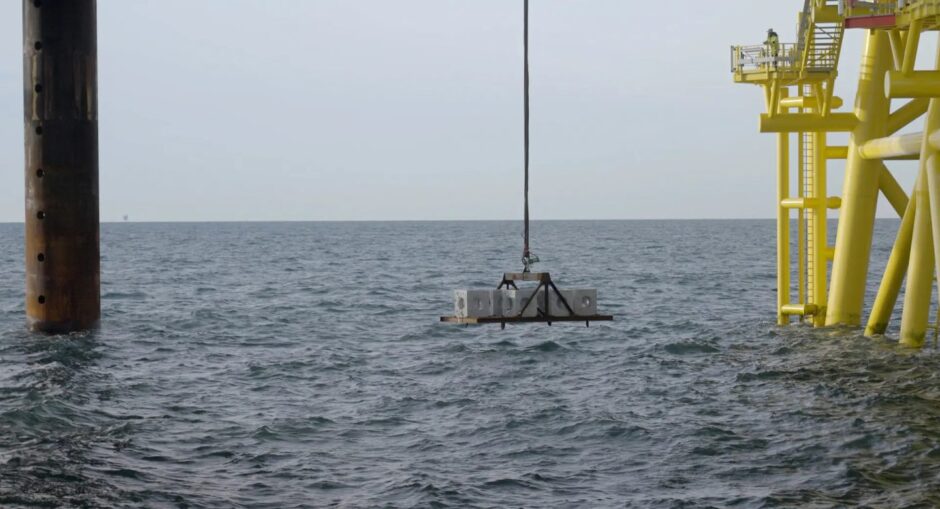
Offshore wind developers should use nature-inclusive designs, such as including fish hotels, in their projects, new research has said.
According to a report from the Scottish Offshore Wind Energy Council (SOWEC), developers need to promote biodiversity at the early design stages of offshore wind projects.
The Collaboration for Environmental Mitigation & Nature Inclusive Design (CEMNID) final report warned that uncertainty around environmental impact of offshore wind is holding back the deployment of projects.
This threatens Scotland’s ability to achieve its net zero and nature positive targets, unless these environmental uncertainties are addressed
The report identified five different measures, which all aim to increase opportunities for shelter and settlement of a variety of different species, including fish hotels, adaptable rock protection measures, reef-type structures, mattresses for cable protection and water replenishment holes (enabling water to flow through monopiles).
These measures, providing habitat for shelter, feeding and spawning, can be incorporated within wind turbine foundation options to help enhance biodiversity.
The report said all five categories have potential ecological benefits across all the ScotWind Plan Option areas.
Senior planning and environmental policy manager at ScottishPower Renewables and chair of the CEMNID Project Steering Group Duncan Smart commented: “Offshore wind will be the backbone of our clean energy future, but we also have to ensure it works for nature too.
“By working to address key environmental uncertainties which pose a barrier to consenting and deployment, we’re moving closer to delivering a clear planning framework for offshore wind. Having such a framework is essential to underpin market confidence and vital for developers to take strategic decisions in a timely manner to unlock supply chain investment and deliver economic growth.”
He added: “The strong collaboration fostered through this project has been great to see as it is only by tackling shared challenges together that we will be able to maximise the success of offshore wind deployment.”
In addition, the report lays out a new set of tools for the sector including a ‘Good Practice Mitigation Library’ and a suitability review of Nature Inclusive Design measures.
These offer a practical framework for the offshore wind sector to deliver projects with minimal impact and to benefit the marine environment.
The report also identifies the selection of infrastructure and vessel lighting and cable burial decisions as helping to minimise potential effects on ecological features.
NatureScot marine sustainability manager Karen Taylor added: “This project is an extremely valuable tool to help design offshore wind projects in a way that will benefit nature. We hope this work, together with the review of good practice mitigation, will support and encourage the offshore wind industry across Scotland to help tackle the climate and the biodiversity emergencies.”
Recommended for you
